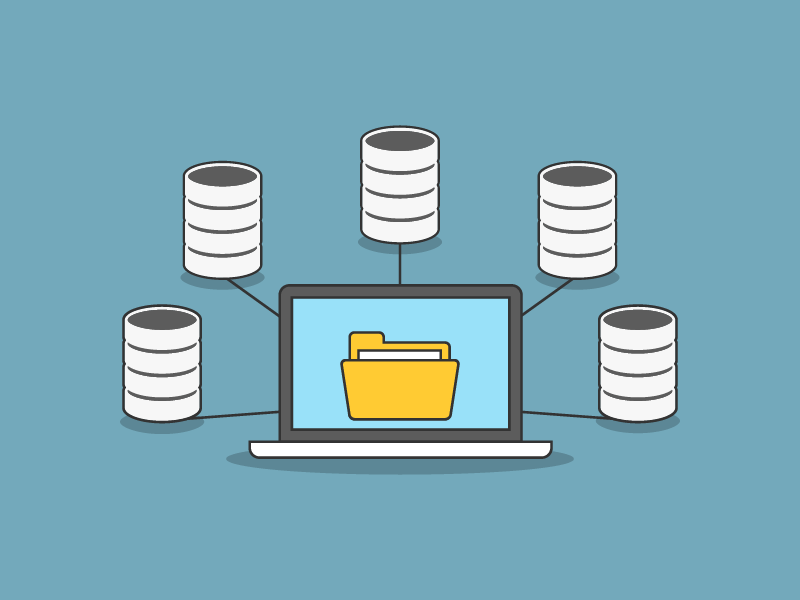ETL is brief for for Removing, Transforming and Loading information in a data warehouse or other application that houses information. While using the transfer method to a bigger level, Microsoft has patented its Structured Query Language (SQL) Server Integration Services (SSIS). SSIS could be a platform for building high finish integration solutions, subsuming ETL packages for data warehousing. SSIS envelopes the undermentioned functions:

Graphical tools for building packages.
Tools and wizards for debugging information packages.
Performing workflow functions for example Ftp (FTP) operations.
Delivering e-mail messages.
Understanding base for data sources and destinations for removing and loading dat
Transformations to clean, aggregating, merging, and copying data, such as the ETL process.
Charge of the mix Services for administering package execution and storage.
Application programming interfaces (APIs) for programming the mix Services object model.
By 2012, Microsoft has redefined its functions as expressions (see reference 1 below), that may comprise several function. All tasks within the list above are transported out in a number of groups as:
- a) Mathematical functions that perform calculations on record input values provided and output reaches record values.
- b) String functions that perform operations on string or hexadecimal input values and return a string or number value.
- c) Beginning starting time and date functions that perform operations on beginning starting time and date values and return string, number, or beginning starting time and date values.
- d) System functions that return specifics of an emblem.

Essentially, the SSIS programmer creates an ETL package with certain extra facilities including looping, configurations, error flow logic and logging. It’s apparent the pointed out programmer knows the format used both at source and destination, so that you can program the transformations essential to route the building blocks for the destination. The building blocks facts are frequently kept in flat files, using four to five posts, the currency key and date key are relatively important.
When the data sourced is flat file, the programmer have to know the way a flat file connection manager interprets that data, as the kind of source code data has default column widths. For example, Unicode( see reference 2 below), a computing industry standard for the consistent encoding, representation and handling of text expressed in many the earth’s writing systems and American National Standards Institute (ANSI) encoded Flat File data have a very default column width of fifty. The programmer might need to change these defaults to boost the column types used inside the destination in which the data will most likely be written to then choose the correct type inside the Flat File connection manager.









